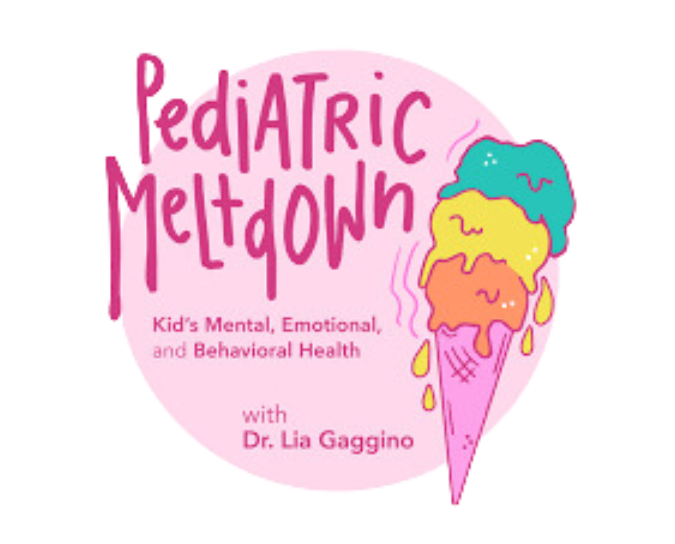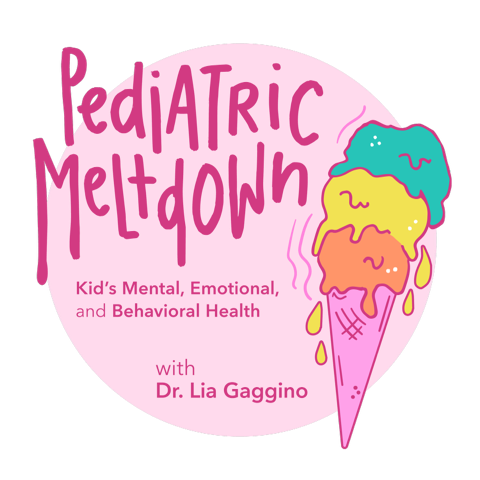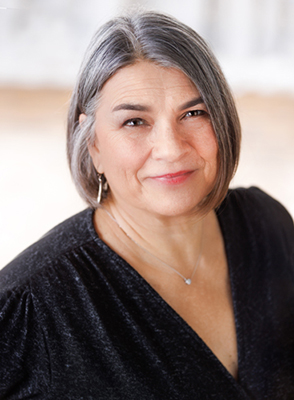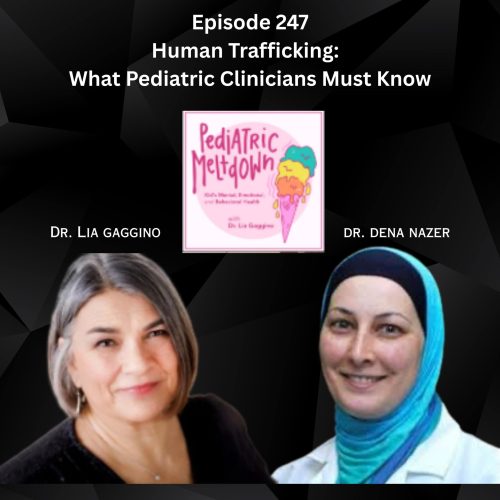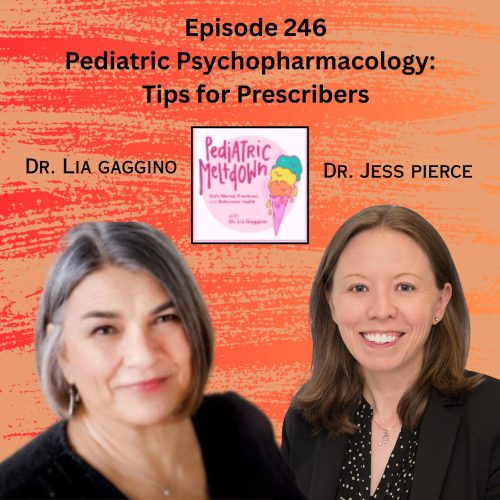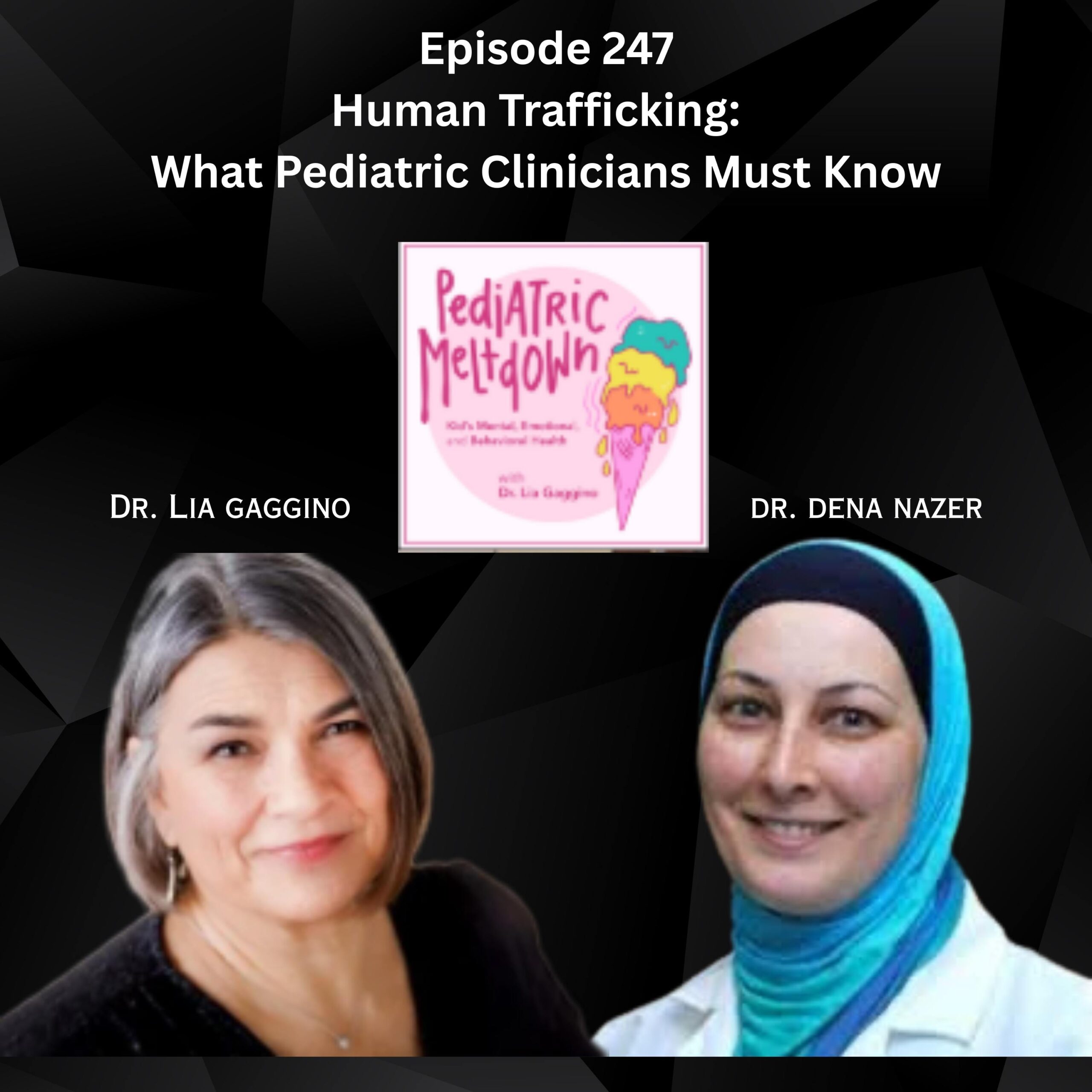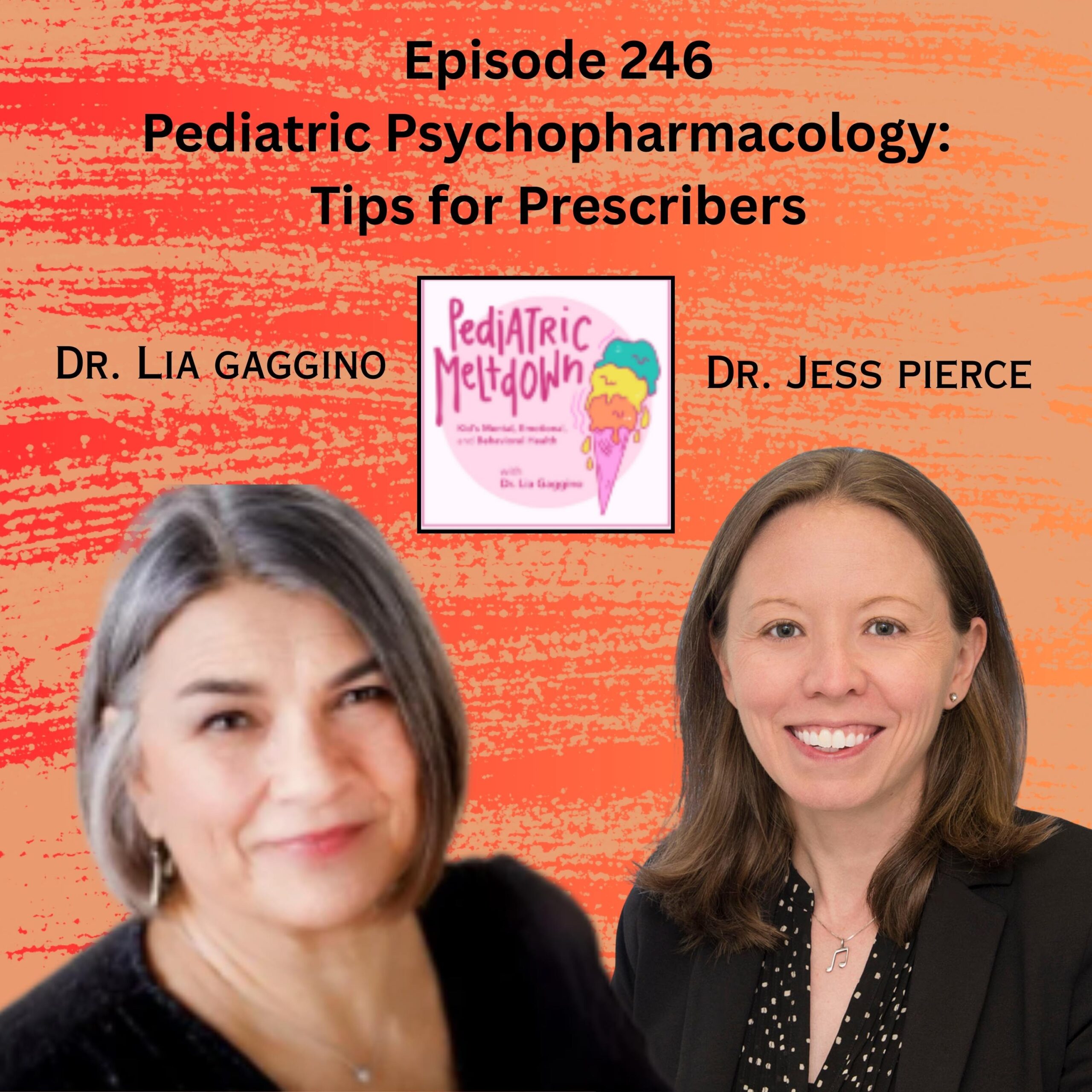The impact of racism on the health and wellbeing of children is significant and we must first examine our own implicit biases if we are to bring about change. We need to understand the differences between equity and equality and to advocate for our children, but in order to do so we have to educate ourselves and begin the change within. In this episode Dr. Lynn Smitherman, Vice Chair of pediatric education at Wayne State University School of Medicine walks us through definitions and constructs to better understand racism and antiracism. Dr. Smitherman is the AAP District V champion for equity, diversity and inclusion and has long been advocating for children’s social wellbeing.
Let’s dive right in and hear Dr. Smitherman’s thoughts about the impact racism has on children and the need to change the narrative. Dr. Smitherman offers strategies for change at the institutional, practice and individual level and provides multiple resources to drive change.
[00:01 – 08:39] Opening Segment
- Introducing today’s guest, Dr. Lynn Smitherman
- Dr. Smitherman path to pediatrics
- Comfort in talking with children and parents
[08:40 – 26:09] Racism
- Dr. Smitherman talks about restorative justice
- She talks about some terms related to racism
- Bias
- Explicit
- Implicit
- Discrimination
- Prejudice
- Racism
- Institutional/Structural
- Interpersonal
- Internalized
[26:10 – 40:01] People of Color
- Dr. Smitherman talks about racism in the context of medicine
- She talks about ways to handle racism
- For children
- For pediatricians
- Having allies from different backgrounds is crucial
[40:02 – 52:07] Education
- We talk about addressing racism in the medical field
- Educate yourself
- Reflect on your current values
- Dr. Smitherman shares some relevant resources. Links below.
- How to tackle racism in childhood and adolescence
- Positive messaging
- The root of the problems
[52:08 – 58:00] Closing Segment
- Dr. Smitherman tells us why we should stand against racism
- Children are vulnerable
- Final Takeaways
- Differences among bias, prejudice, and discrimination
- Racism’s impacts on children
- Equity, diversity, and inclusion
- Intentional effort to participate in change
- Trust as a bridge to people of color
- Personal change, practice change, and organizational change
- Representation in the medical field
Tweetable Quotes:
“We all have biases because we are all human beings and we all have ideas and thoughts of things we like and don’t like.” – Dr. Lynn Smitherman
“…for racism to exist, there has to be not only that prejudice but also a feeling of superiority that one group is superior over another group.” – Dr. Lynn Smitherman
Resources Mentioned:
For Kids:
- Your Kids Aren’t Too Young to Talk About Race: Resource Roundup
- They’re Not Too Young to Talk About Race
- Embrace Race
- How to Talk to Kids About Race: Books and Resources That Can Help” by Olugbemisola Rhuday-Perkovich
- ReadBrightly
- Raising Race Conscious Children
- Healthy Children
- BOOK: Uncomfortable Conversations with a Black Man
Videos
- A Gardener’s Tale
- A Class Divided
- How microaggressions are like mosquito bites
- White Doll, Black Doll. Which one is the nice doll?
- TED TALKS LIVE Short – Unconscious Bias
- Muslim Parents’ Open Letter to Their Children
- Get Home Safely: 10 Rules of Survival
- Native American Students Respond to American Education
- LATINO | How You See Me S1, E9
- Uncomfortable Conversations With A Black Man
If you’d like to connect with Dr. Smitherman, email lsmither@med.wayne.edu. Also, visit https://www.med.wayne.edu/ to learn more about her space.
If you’d like to connect with me, you can find me at LinkedIn, Facebook, and Twitter or email me at gagginol@yahoo.com. To learn more about me visit https://www.medicalbhs.com/
